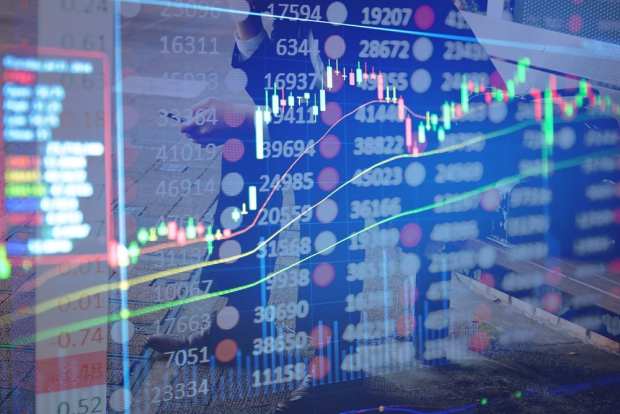Singapore’s Temasek Portfolio Valued Over $215B, CEO Says

According to Temasek CEO Ho Ching on Facebook, the Singaporean state-owned investor could be worth as much as S$300 billion, or $215 billion, Bloomberg reported Tuesday (July 7).
The number would be a drop from the company’s previous valuation, due to worldwide conditions surrounding the coronavirus pandemic, the first such drop in valuation since 2016, according to Bloomberg.
The investor’s portfolio value was sitting at around S$313 billion as of March 31, 2019, but the global pandemic caused the economy to slow, financial markets to crash and valuations to fall.
Temasek’s portfolio, according to Ho, includes listed firms and private companies that are bond issuers or still report to shareholders. Those firms made up around 60 percent of the total portfolio last year and the tracking of those firms would be “pretty accurate” to determine what’s going on, Ho said.
In her Facebook post, Ho said the audited portfolio stats “should be finalized over the next couple of weeks, and is unlikely to be very far from the above” that S$300 billion number.
The decline this year is only about 4.2 percent, a smaller decline than the 9 percent drop from 2016 or the 30 percent drop the portfolio suffered in 2009 after the global financial recession, Bloomberg reported.
Ho, also the wife of Singaporean prime minister Lee Hsien Loong, said Temasek would be delaying the firm’s annual report release from July until September, citing the pandemic’s effect on global financial information flow.
In May, Temasek was among three new members of the Libra Association, the Facebook-backed digital currency project, alongside cryptocurrency firm Paradigm and private equity firm Slow Ventures. Temasek, according to Libra, was a valuable addition due to its forward-thinking, long-term view that saw the value in blockchain.
Temasek has also recently been in talks to invest as much as $100 million in Indian food delivery firm Zomato. Temasek has owned a 3 percent stake in the company since 2015. The potential funding injection is part of a larger planned investment from last year.
